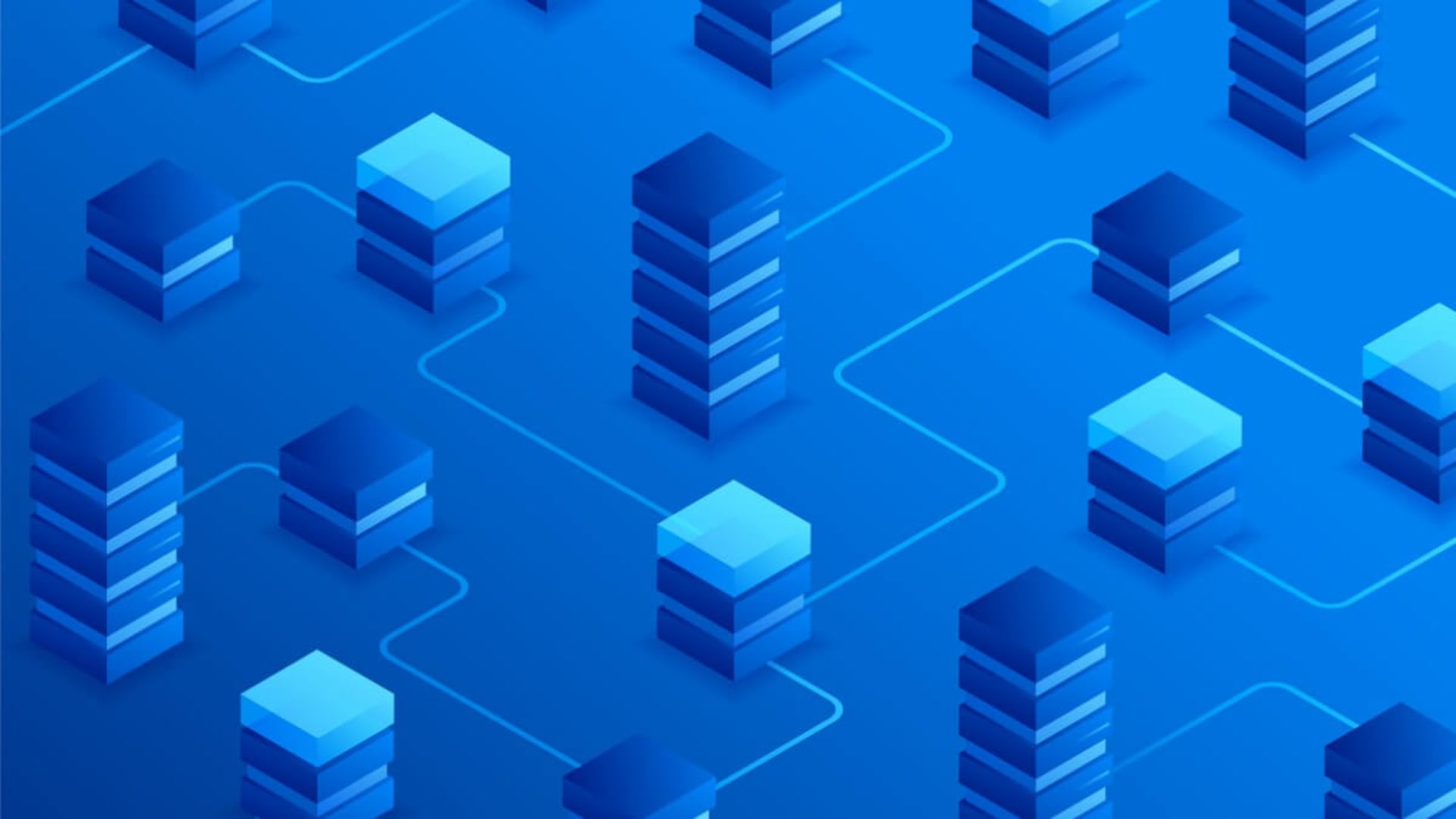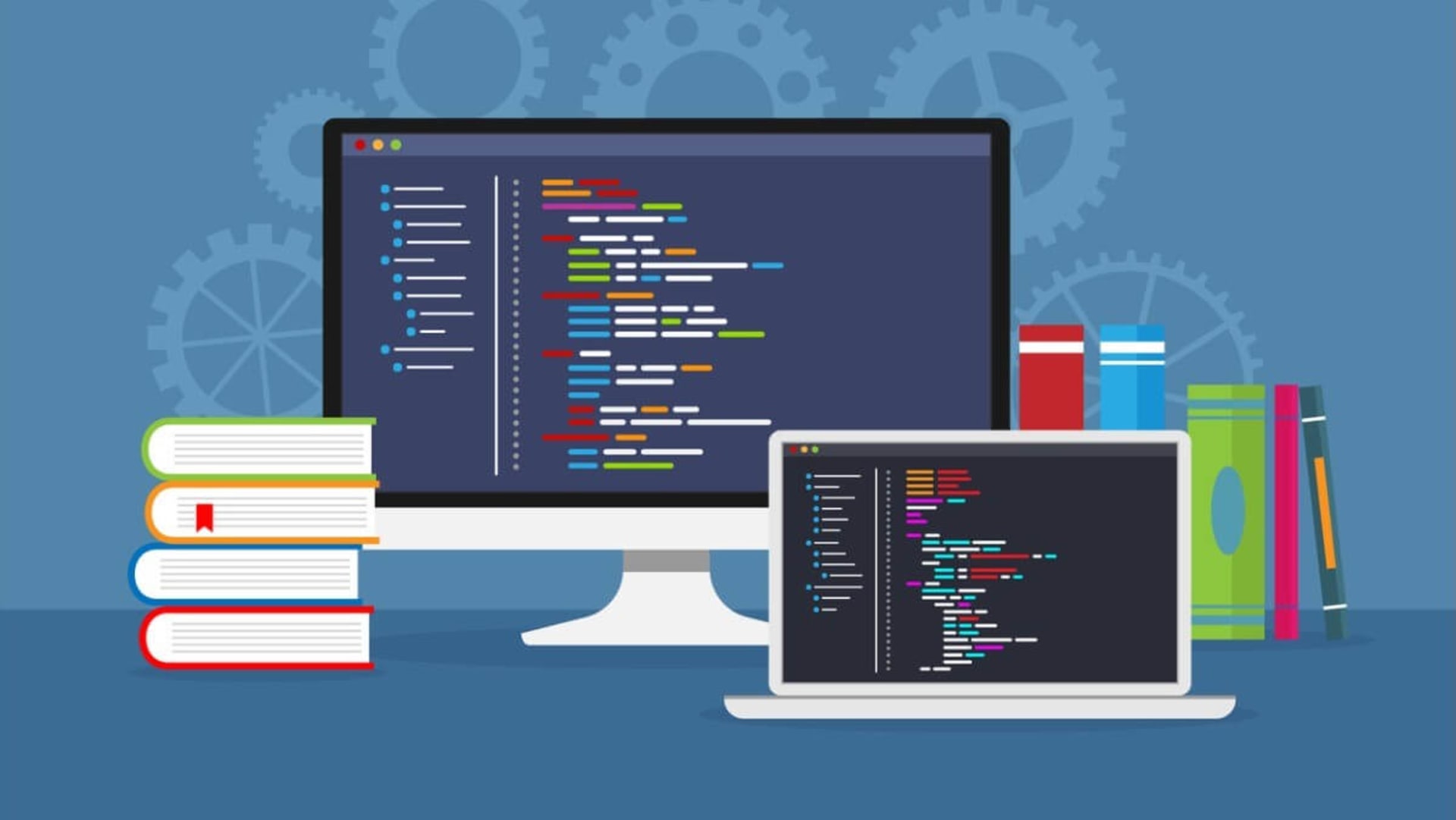In the ever-evolving world of web development, choosing the best database management tools or Database Development Services for your application can be a daunting task. With many options available, it can be challenging to determine which will meet your web application’s specific needs. However, the right database can greatly impact your web app’s performance, scalability, and overall success. From traditional relational databases to newer NoSQL alternatives, it’s important to consider such factors as data structure, scalability, and the amount of data you need to store when making your choice. In this article, we will discuss some of the top database management tools for web applications and help you determine which one is right for your needs. Let’s start by learning about the different types of databases available.
What Are the Types of Databases Available?
Many database types are available today. Each type of database was developed in response to specific needs in the world of data management, and the evolution of databases continues as new technologies and use cases emerge. Here is a breakdown of the popular available database types, their descriptions, examples, and a bit of history.
| Database Type | Description | Example Databases | History |
| Relational database | These databases use a structured approach to store data, with data organized into tables with rows and columns. | The most popular relational databases include MySQL, Oracle, and Microsoft SQL Server. | The history of databases can be traced back to the 1960s, when IBM developed the first relational database, System R. The relational model, which organized data into tables with rows and columns, became the dominant data storage and management approach for decades. |
| NoSQL database | These database types are “not only SQL” databases, meaning they are non-tabular and store data differently. Web and mobile applications often use NoSQL databases to handle huge amounts of unstructured or semi-structured data. | NoSQL databases include MongoDB, Cassandra, and CouchDB. | In the late 1990s and early 2000s, the rise of web and mobile applications led to the development of NoSQL databases. These databases were designed to handle large amounts of unstructured or semi-structured data and could scale horizontally, allowing for easy growth as data volumes increased. |
| Document database | These databases store data in documents, which can contain nested elements and are often stored in a JSON format. | Examples of document databases include MongoDB and CouchDB. | Document databases, which store data in documents, emerged as a popular type of NoSQL database for web applications. |
| Key-value database | These databases store data as key-value pairs, with the key serving as a unique identifier for the data. | Redis and Riak are examples of key-value databases. | Key-value databases, which store data as key-value pairs, were also developed for web and mobile applications, particularly for caching and session management. |
| Cloud database | These databases are hosted on cloud infrastructure and can be accessed over the internet. Cloud databases can offer scalability, ease of use, and cost savings compared to traditional on-premise databases. | Examples of cloud databases include Amazon RDS, Google Cloud SQL, and Microsoft Azure SQL Database. | The widespread adoption of cloud databases took off in only the mid-to-late 2000s, as cloud computing matured and companies began to recognize the benefits of hosting their data and applications in the cloud. |
Now that you have a better idea of the different types of databases available, let’s take a look at some things you should consider when choosing the best database for web apps.
Things To Consider When Choosing a Database for Your Next Web App
Choosing the right database for your web application is a decision that can impact the success and scalability of your project. With so many available options, it can be challenging to determine which database best fits your specific needs. When evaluating potential databases, several key factors should be considered, including:
- Data Structure: The type of data you will be storing and managing will determine the most appropriate database structure. For example, relational databases are well suited for structured data, while NoSQL databases are better for unstructured or semi-structured data.
- Scalability: Consider the growth of your data and user base over time, and choose a database that can scale to meet your needs. Cloud databases, for example, offer the advantage of easy scalability.
- Performance: The database should handle the required read-and-write operations quickly and efficiently. This is particularly important for web applications that require real-time data access.
- Cost: The cost of a database will depend on various factors, including licensing fees, hosting fees, and the cost of staffing to manage the database. Cloud databases can offer cost savings compared to traditional on-premises databases.
- Security: Ensure that the database you choose has robust security features, like encryption and access control, to protect your data.
- Ease of Use: The database should be easy to set up, maintain, and manage. Consider the expertise of your development team when evaluating the ease of use of a database.
- Industry or Company Requirements: Different industries or companies may have specific requirements that the database must meet. For example, companies in the financial or healthcare industries may have strict compliance requirements that must be met.
- Integration With Other Tools: Consider whether the database you choose can easily integrate with other tools and technologies you use, such as a web framework or analytics platform.
Now that you know what to consider when choosing a database for your next web application, let’s dive into the best database management systems.
Top 8 Database Management Systems
#1 MySQL

Relational database management systems such as MySQL are popular open-source solutions. For web-based applications, it is well known for its stability, security, and ease of use. It supports structured query language (SQL) and offers transactions, indexing, and data replication features. MySQL has a large and active community, which helps keep the software updated and bug-free.
Key Features of MySQL Database
- Open source or free database software
- Supports SQL
- Offers transactions, indexing, and data replication
- Large and active community
- Known for stability, security, and ease of use
- Great for web development solutions
#2 Oracle Database

Oracle is a commercial relational DBMS commonly used in enterprise and government organizations for mission-critical applications. With its advanced data warehousing and business intelligence capabilities, Oracle makes it easy to manage and analyze large amounts of complex data. This makes Oracle an ideal choice for organizations that require sophisticated data analysis and reporting.
Key Features
- Commercial
- Robust features and scalability
- Supports transactions, data warehousing, and business intelligence
- Can run on-premise, in the cloud, or as a hybrid deployment
- Integration with other Oracle products
#3 Microsoft SQL Server

MS SQL Server is a commercial database software package that Microsoft developed. It is widely used in enterprise applications and is known for its integration with other Microsoft products. Microsoft SQL Server is a reliable and secure RDBMS that offers robust transaction support, making it well suited for applications that require strict data consistency and integrity.
Key Features
- Commercial
- Supports SQL
- Offers transactions, data warehousing, and business intelligence
- Can run on-premise, in the cloud, or as a hybrid deployment
- Integration with other Microsoft products
#4 PostgreSQL

PostgreSQL is an open-source RDBMS that offers advanced data modeling and query optimization capabilities, making it well suited for complex data processing tasks. With its strong adherence to SQL standards, PostgreSQL is highly compatible with many tools and applications. This makes PostgreSQL a popular choice for organizations that need to integrate their database with other systems.
Key Features
- Free and open source
- Supports SQL
- Offers transactions, indexing, and data replication
- Highly extensible with a large and active community of developers
- Known for its advanced features and scalability
#5 MongoDB

MongoDB is a popular NoSQL document DBMS known for its ease of use, scalability, and flexible data model. It allows for easy horizontal scaling, making it well suited for applications that require fast and efficient data storage and retrieval for large amounts of semi-structured or unstructured data. With built-in support for indexing, advanced querying, and automatic sharding, MongoDB provides the performance and flexibility needed to meet the demands of modern web applications while offering robust security features to keep your data secure.
Key Features
- NoSQL document database management system
- Flexible and dynamic data model
- Supports transactions, indexing, and data replication
- Can run on-premise, in the cloud, or as a hybrid deployment
- Known for its ease of use, scalability, and flexible data model
- Perfect for quick web application development
#6 Cassandra

Cassandra is a highly scalable NoSQL DBMS that is designed to handle large amounts of data across multiple commodity servers. With its distributed architecture and support for tunable consistency, Cassandra provides a flexible platform for data management, making it an ideal choice for applications that require the ability to handle varying levels of data consistency.
Key Features
- Highly scalable NoSQL database management system
- Designed to handle large amounts of data across multiple commodity servers
- Supports data replication, indexing, and transactions
- Known for its ability to handle high-write loads and its highly available architecture
#7 Redis

Redis is an in-memory data structure store designed to be fast and efficient, making it well suited for applications that require real-time data access and processing. With its support for a wide range of data structures, including strings, hashes, lists, sets, and sorted sets, Redis provides a flexible and versatile platform for data management, making it an ideal choice for applications that require complex data structures.
Key Features
- In-memory data store that can be used as a database, cache, or message broker
- Supports a variety of data structures
- Offers transactions, indexing, and data replication
- Can run on-premise, in the cloud, or as a hybrid deployment
- Known for its speed and scalability
#8 IBM DB2

IBM DB2 is a commercial relational database management system that IBM developed. It was designed to help organizations manage and analyze large amounts of complex data by allowing organizations to add or remove capacity as needed and providing a flexible and versatile platform for data management and analytics. It is widely used in enterprise applications for its robust security features, including advanced access controls, data encryption, and firewalls, making it a popular choice for organizations that require the highest levels of data protection and privacy.
Key Features
- Commercial relational database management system developed by IBM
- Supports SQL
- Offers transactions, data warehousing, and business intelligence
- Can run on-premise, in the cloud, or as a hybrid deployment
- Known for its reliability and scalability
- Advanced security features, such as encryption and data masking, to protect sensitive data.
Conclusion
The database management systems listed here are some of the best databases for web apps available in 2023. Each database has its own strengths and weaknesses, making it essential for businesses to consider their specific needs when choosing the right database for their next web app. No matter which database you choose from this database list, it is important to make an informed decision that will help ensure the success of your web application for years to come.
FAQs
Do I Need a Database for My Web App?
If your web application involves working with data in any way, you will most likely need a database. For example, building an e-commerce website will need a database to store information about your products, customers, and orders. Similarly, if you are building a social media platform, you will need a database to store information about users, posts, and comments. It is common for web developers, database administrators, software engineers, data analysts, and business intelligence analysts to need databases to complete their jobs. If you are looking to hire top Database Management Engineers, then BairesDev has you covered. Contact us if you want to grow your team with the Top 1% of IT Talent. To learn more, visit our IT Staff Augmentation page.
Which Database Is Best for App Development?
The best database for web app development depends on the specific needs and requirements of the app. Here are some popular options:
Relational databases: If your app needs to store and retrieve data in a structured format, such as customer information or product inventory, a relational database like MySQL or Microsoft SQL Server is a good choice.
NoSQL databases: If your app needs to store and retrieve large amounts of unstructured or semi-structured data, such as user-generated content or sensor data, a NoSQL database like MongoDB or Cassandra may be a better option.
In-memory data stores: If your app requires low latency and high performance for real-time data processing, an in-memory data store like Redis may be the best choice.
Cloud databases: If you want to store your data in the cloud for scalability and accessibility, a cloud database like Amazon DynamoDB or Google Cloud Firestore may be the best option.
Is MySQL Good for Web Applications?
Yes, MySQL is a good option for web applications. MySQL has been widely used for web applications for many years. It’s known for its reliability, ease of use, and scalability, which makes it a popular choice for many web applications.
Is MongoDB Better Than PostgreSQL?
MongoDB is a NoSQL document-oriented database that is well suited for applications that require high levels of scalability and flexibility. It’s particularly good at handling large amounts of semi-structured or unstructured data and allows for easy horizontal scaling.
On the other hand, PostgreSQL is a relational database management system (RDBMS) that is well suited for applications requiring a strict data model and complex relationships between data. It offers robust transaction support, advanced querying capabilities, and a wide range of data types.
The best choice will depend on your web application’s specific needs and requirements. MongoDB and PostgreSQL are capable databases, and the right choice for your web app will depend on your application’s particular use case and requirements.
What’s the difference between a database management system and a relational database management system?
A database management system (DBMS) is a software system that enables users to store, organize, manage, and retrieve data from a database. A relational database management system (RDBMS) is a specific type of DBMS that is based on the relational data model.
In an RDBMS, data is organized into one or more tables, where each table represents a specific entity or concept, and each row in the table represents an instance of that entity. The columns in the table represent the attributes or properties of the entity, and the values in each cell represent the specific data for that instance.
In contrast, a non-relational or NoSQL DBMS may store data in a different way, such as in a key-value store or a document-based store
If you enjoyed this, be sure to check out our other web development articles.







